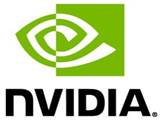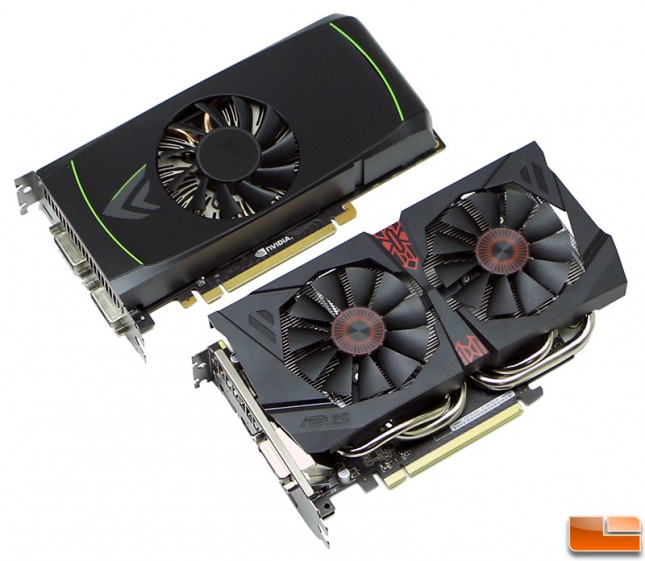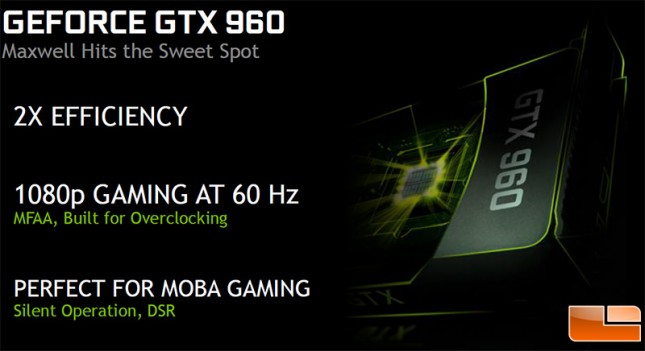Should I Upgrade My GeForce GTX 460 to a GeForce GTX 960 Video Card?
GeForce GTX 460 versus GeForce GTX 960
 The year 2010 started on a somber note, with a catastrophic magnitude-7.0 earthquake that killed more than 220,000 people in Haiti. U.S. President Barack Obama signed off on the Affordable Care Act (ACA) or “Obamacare”. An explosion aboard the Deepwater Horizon offshore oil rig in the Gulf of Mexico, killed 11 workers and ended up being the worst oil spill in U.S. history. Most of the world might remember those historic events as being some of the largest stories of 2010, but PC gamers will remember 2010 as the year that NVIDIA introduced the Fermi GPU microarchitecture that went on to be used for pretty much every GeForce GeForce 400 series and GeForce 500 series graphics card sold. All desktop Fermi GPUs were manufactured on the 40nm process and the many design characteristics of the Streaming Multiprocessors can be seen in the succeeding Kepler and Maxwell GPU microarchitectures.
The year 2010 started on a somber note, with a catastrophic magnitude-7.0 earthquake that killed more than 220,000 people in Haiti. U.S. President Barack Obama signed off on the Affordable Care Act (ACA) or “Obamacare”. An explosion aboard the Deepwater Horizon offshore oil rig in the Gulf of Mexico, killed 11 workers and ended up being the worst oil spill in U.S. history. Most of the world might remember those historic events as being some of the largest stories of 2010, but PC gamers will remember 2010 as the year that NVIDIA introduced the Fermi GPU microarchitecture that went on to be used for pretty much every GeForce GeForce 400 series and GeForce 500 series graphics card sold. All desktop Fermi GPUs were manufactured on the 40nm process and the many design characteristics of the Streaming Multiprocessors can be seen in the succeeding Kepler and Maxwell GPU microarchitectures.  We often don’t get a chance to compare 5-year old video cards to the latest and greatest cards, so we thought we’d take the time this week and compare the original NVIDIA GeForce GTX 460 1GB reference card from 2010 to a brand new NVIDIA GeForce GTX 960 2GB video card by ASUS. NVIDIA has done a great job with their video card drivers, so the latest GeForce 347.25 drivers (download link) that just came out this week will work on the GeForce GTX 460 that came out nearly 5 years ago. Our original review on the GTX 460 was completed with GeForce 258.80 drivers to give you an idea of how many driver releases NVIDIA has had over the years. The December 2014 Steam Hardware Survey shows that the there are still a large number of gamers out there that are using NVIDIA graphics cards using Fermi GPUs and the most popular frame buffer on a video card is still just 1GB. All of the game titles we test with today weren’t even out in 2010, so it will be interesting to see how an older card like this will run on Far Cry 4, Battlefield 4, Crysis 3 and other popular game titles.
We often don’t get a chance to compare 5-year old video cards to the latest and greatest cards, so we thought we’d take the time this week and compare the original NVIDIA GeForce GTX 460 1GB reference card from 2010 to a brand new NVIDIA GeForce GTX 960 2GB video card by ASUS. NVIDIA has done a great job with their video card drivers, so the latest GeForce 347.25 drivers (download link) that just came out this week will work on the GeForce GTX 460 that came out nearly 5 years ago. Our original review on the GTX 460 was completed with GeForce 258.80 drivers to give you an idea of how many driver releases NVIDIA has had over the years. The December 2014 Steam Hardware Survey shows that the there are still a large number of gamers out there that are using NVIDIA graphics cards using Fermi GPUs and the most popular frame buffer on a video card is still just 1GB. All of the game titles we test with today weren’t even out in 2010, so it will be interesting to see how an older card like this will run on Far Cry 4, Battlefield 4, Crysis 3 and other popular game titles.  The real question we are hoping to answer today is it time to sell off that GeForce GTX 460 video card that is in your system and move up to a GeForce GTX 960 to get improved performance and all the latest features from NVIDIA? With DirectX 12 and Windows 10 right around the corner this might be the video card to upgrade to for mainstream gamers.
The real question we are hoping to answer today is it time to sell off that GeForce GTX 460 video card that is in your system and move up to a GeForce GTX 960 to get improved performance and all the latest features from NVIDIA? With DirectX 12 and Windows 10 right around the corner this might be the video card to upgrade to for mainstream gamers.
| GTX 960 | GTX 760 | GTX 660 | GTX 560 | GTX 460 | |
|---|---|---|---|---|---|
| GPU | GM206 | GK104 | GK106 | GF114 | GF104 |
| Die size (mm2) | 227 | 294 | 221 | 360 | 332 |
| GPU Cores | 1024 | 1152 | 960 | 336 | 336 |
| Rated Clock (CUDA Cores) | 1126 MHz | 980 MHz | 980 MHz | 1850 MHz | 1350 MHz |
| Texture Units | 64 | 96 | 80 | 56 | 56 |
| ROP Units | 32 | 32 | 24 | 32 | 32 |
| Memory | 2GB | 2GB | 2GB | 1GB | 1GB |
| Memory Clock | 7000 MHz | 6008 MHz | 6000 MHz | 4200 MHz | 3600 MHz |
| Memory Interface | 128-bit | 256-bit | 192-bit | 256-bit | 256-bit |
| Memory Bandwidth | 112 GB/s | 192 GB/s | 144 GB/s | 128 GB/s | 115.2 GB/s |
| TDP | 120 watts | 170 watts | 140 watts | 150 watts | 160 watts |
| Peak Compute | 2.30 TFLOPS | 2.26 TFLOPS | 1.81 TFLOPS | 1.10 TFLOPS | 0.91 TFLOPS |
| Transistor Count | 2.94B | 3.54B | 2.54B | 1.95B | 1.95B |
| Process Tech | 28nm | 28nm | 28nm | 40nm | 40nm |
| MSRP | $199 | $249 | $230 | $199 | $229 |
NVIDIA loves the $199 to $249 price range for video cards and calls it their sweet spot as they sell millions of these these models due to the affordability. When you look at the specifications of the GeForce GTX 460/560/660/760/960 you can see that the memory bandwidth hasn’t greatly improved over the years, but then it comes to the compute power we have nearly a 2.5x increase!
Let’s stop talking about these two cards and get to the benchmarks!
